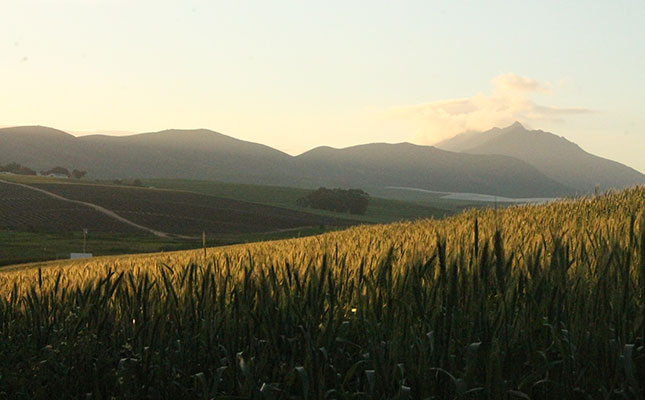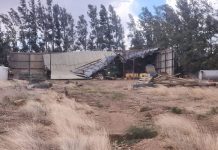
Photo: Denene Erasmus
Livestock farmers have been warned to take the necessary precautions to safeguard their animals, as the windy and cold weather conditions currently being experienced across most parts of country are expected to persist for the rest of the week.
According to independent weather meteorologist, Johan van den Berg, a strong low-pressure system originated over western Botswana on Monday, 31 August, which intensified over the western and southwestern interior of South Africa, and then linked up with a frontal system.
READ Coping strategies to deal with uncertainty
A statement by the South African Weather Service said this system carried the potential for heavy rainfall, severe thunderstorms, as well as strong to gale force winds in most parts of the country, including the Western, Eastern and Northern Cape, western parts of North West, and the Free State.
Van den Berg said the country was currently in the transition phase from winter to summer, and very unstable weather conditions were not uncommon for this time of the year.
He said the current weather system, although very intense, would have very little negative effect on plant production, especially grains.
“Rain will be very welcome over most areas because September is the most crucial month for wheat and other winter grains such as canola to not suffer drought,” he said.
“[However,] the very strong wind may cause damage to the stems or leaves of winter crops.”
Van den Berg said physical damage to fruit crops was also possible, especially to trees and grapes, as early growth development was currently underway.
‘’The possible effect of wind chill on plants is still not clear, and it will only be evident later in the season. Low temperatures associated with rain and strong winds can, however, be lethal to livestock and other animals. It is especially sheep and goats that had been sheared during the past weeks that are vulnerable,” he said.
Free State Agriculture operations manager, Dr Jack Armour, said the province had experienced rain in the early hours of Wednesday, 2 September, that could be enough to moisten the soil prior to the start of the season, but not enough to lower the wildfire risk.
“We have sent out a warning to our farmers to apply preventative measure for their small-stock against the cold and wet conditions,” said Armour.
Van den Berg added that it seemed as if the current system would exit the country towards the end of the week.
“A warning sign of the current situation, however, is that it may be followed by similar extremes later in the season. With the current development of a La Niña system and favourable Indian Ocean surface temperatures, extremes in terms of rainfall are more likely to prevail in the coming summer season.”










